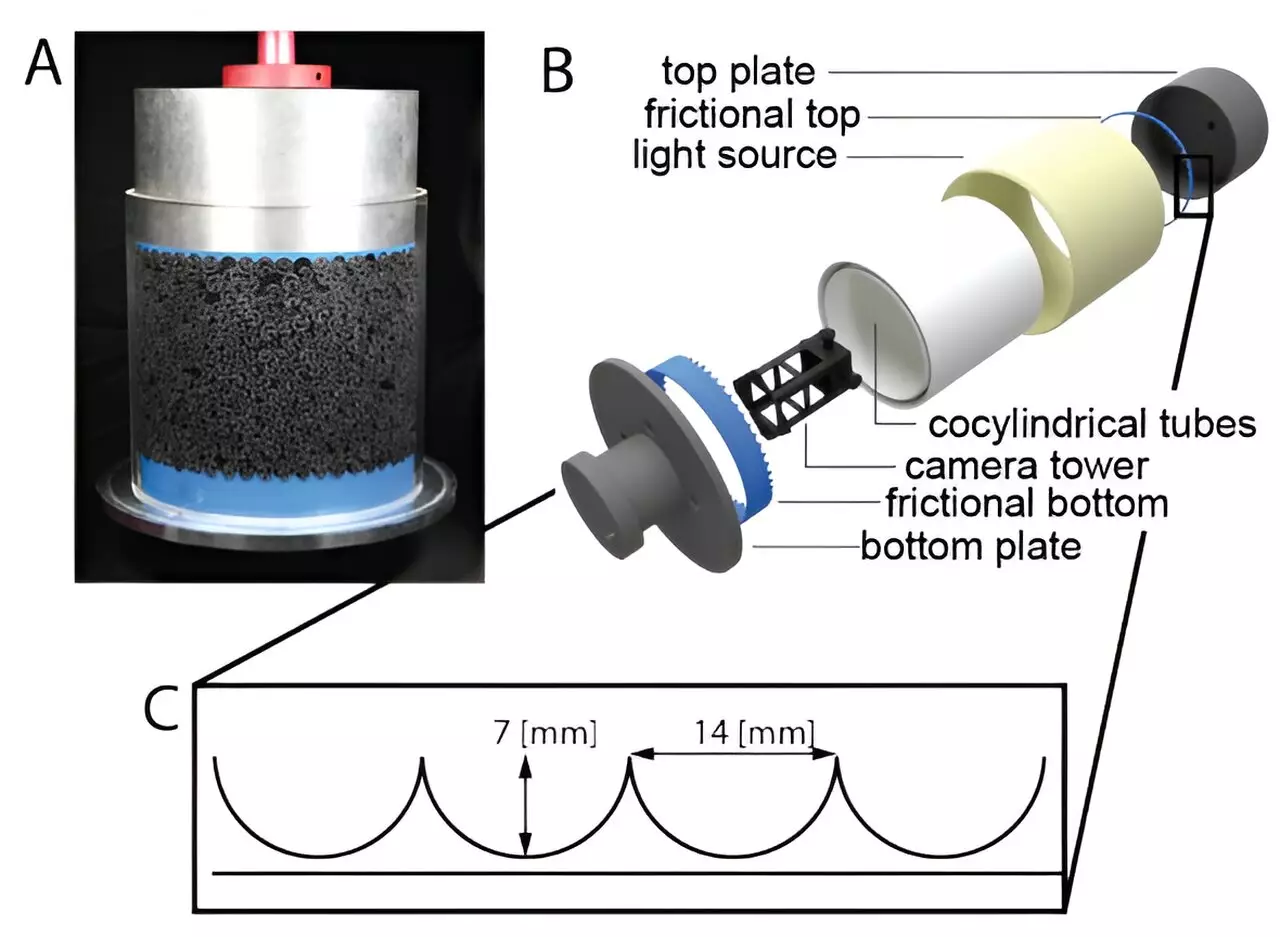When we usually think of sand, we imagine a substance that is solid and difficult to compress. However, scientists have discovered that when sand grains are arranged in a certain way, they can exhibit properties that are almost liquid-like. This unique behavior has opened up a world of possibilities for the design of granular metamaterials. Granular metamaterials are materials made by humans that mimic the properties of natural granular materials like sand, but are designed to have specific characteristics for various applications.
One interesting example of a granular metamaterial is tetrapods, which are large concrete blocks used along the coast of Japan to prevent erosion. The shape of tetrapods is specifically designed to make it difficult for them to flow or move. This demonstrates that it is possible to create granular systems that are highly incompressible and flow-resistant. However, creating materials that are easy to compress while maintaining good flow properties has been a challenge.
Researchers from the University of Amsterdam and Santiago have recently made a groundbreaking discovery in the field of metamaterials. By designing grains that shrink radially under pressure, they have created a new type of granular material that is both compressible and flows like a liquid. This innovation has the potential to revolutionize applications such as shock dampening.
The new granular metamaterials have shown promising results in shock dampening experiments. When a metal disk is dropped into a packing of the new grains, it slows down gradually and transfers its energy more consistently to the material. This could have significant implications for cushioning materials in sports or protective gear. For example, using these new grains in speed skating padding could greatly reduce the impact on the skater in case of a fall.
The research conducted by the team from Amsterdam and Santiago has opened up exciting possibilities in the field of material design. By manipulating the geometry of granular materials, it is now possible to create packings that are easy to compress and still flow smoothly. This could lead to advancements in various industries where granular materials are used, from construction to manufacturing.
The development of new granular metamaterials with unique properties has the potential to change the way we approach material design. By understanding how to fine-tune the behavior of granular materials, scientists and engineers can create materials that are tailored to specific applications. The breakthrough made by the researchers in designing compressible and flowable granular materials is just the beginning of what could be a new era in material science.


Leave a Reply